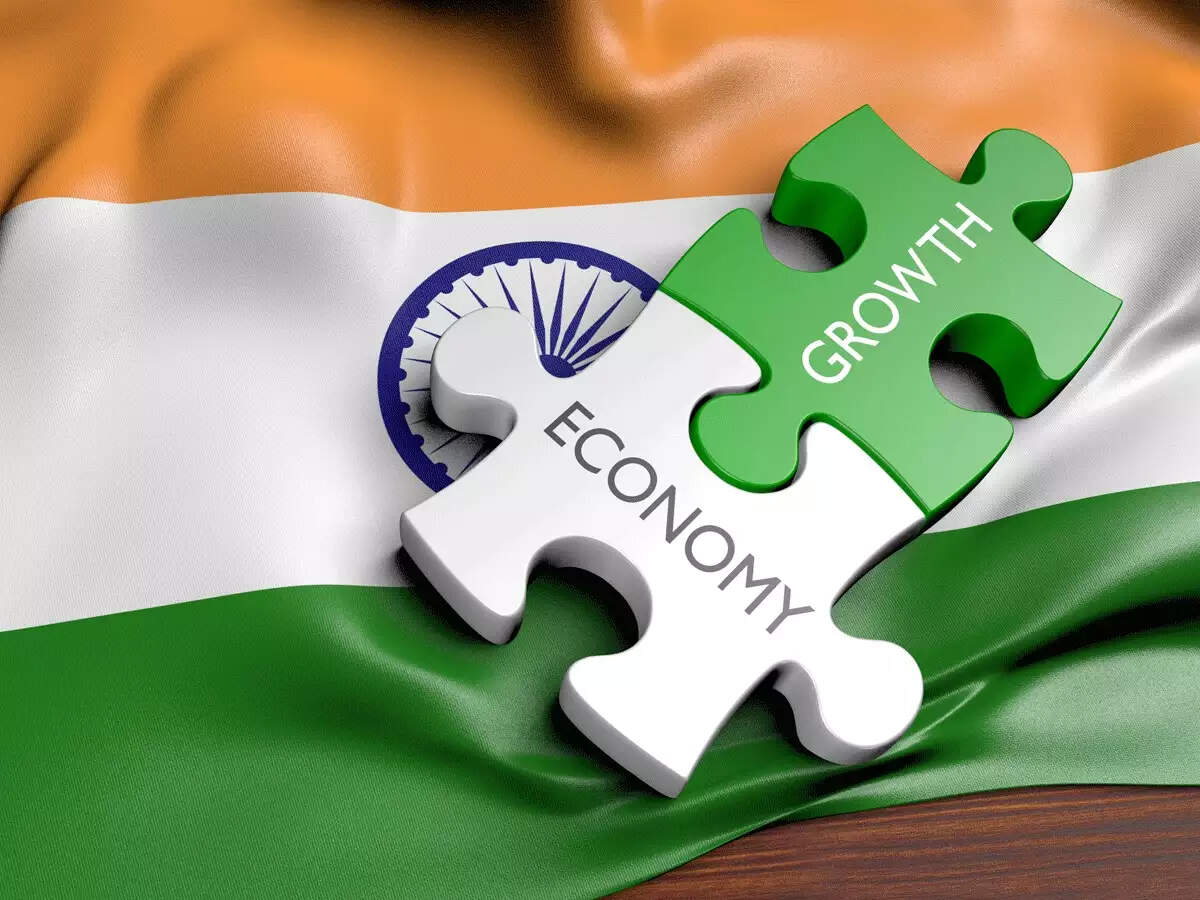 MUMBAI: The economic recovery in India is accelerating at a fast pace after the shock of the second wave earlier this year.
MUMBAI: The economic recovery in India is accelerating at a fast pace after the shock of the second wave earlier this year.
The Indian economy was on its course to reach pre-pandemic levels of normalization helped by sharp easing of restrictions by the government after the first wave of the pandemic. However, a brutal second wave that crippled the country’s health system brought the recovery to a halt as lockdowns returned.
Nomura India’s Business Resumption Index crossed the 100-level mark for the first since the beginning of the pandemic in India in March 2020 to a record high of 101.2 in the week ending August 15. The index had fallen to a low of 60.4 in the closing weeks of May when COVID-19 daily cases were at their peak in the country.
The seven-day average of daily cases in India has fallen to 36,874 on August 14 from a pandemic high of 3,91,008 in May.
The Nomura India Business Resumption Index tracks mobility data from Google and Apple, labour force participation rate and power demand to provide an indicator for normalization of economic activity in the country.
“The recovery from the second wave has been very swift: it took the NIBRI nearly 10 months to crawl back towards the 100 mark after the first wave of Covid-19, but less than three months to cross 100 after the second wave,” Nomura India said in a note.
The Indian economy is expected to grow at 14-23 per cent in the first quarter as lockdowns imposed by individual states weren’t as harsh as the national lockdown in the year-ago quarter. Further, the GDP growth will benefit mostly from a depressed base of the year-ago quarter.
Nomura India believes that the swift recovery in economic activity after the second wave lends optimism to its 2021-22 GDP growth forecast of 10.4 per cent, which is above the consensus view among economists and Reserve Bank of India’s own 9.5 per cent forecast.
To be sure, the economy is not yet out of the pandemic woods with the threat of a third wave lurking and India’s slow pace of vaccination so far. The country has fully vaccinated only 8.9 per cent of its population so far, which is lower than other emerging market peers like Brazil (23.4 per cent), Indonesia (10.3 per cent), and Mexico (22.8 per cent).